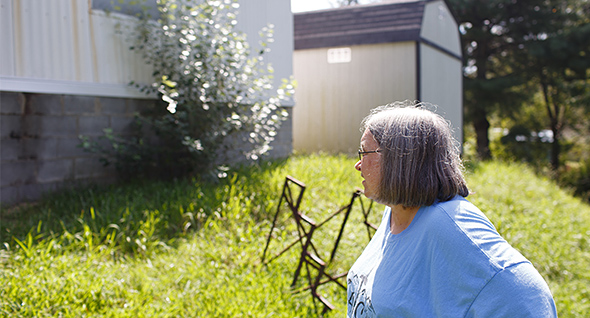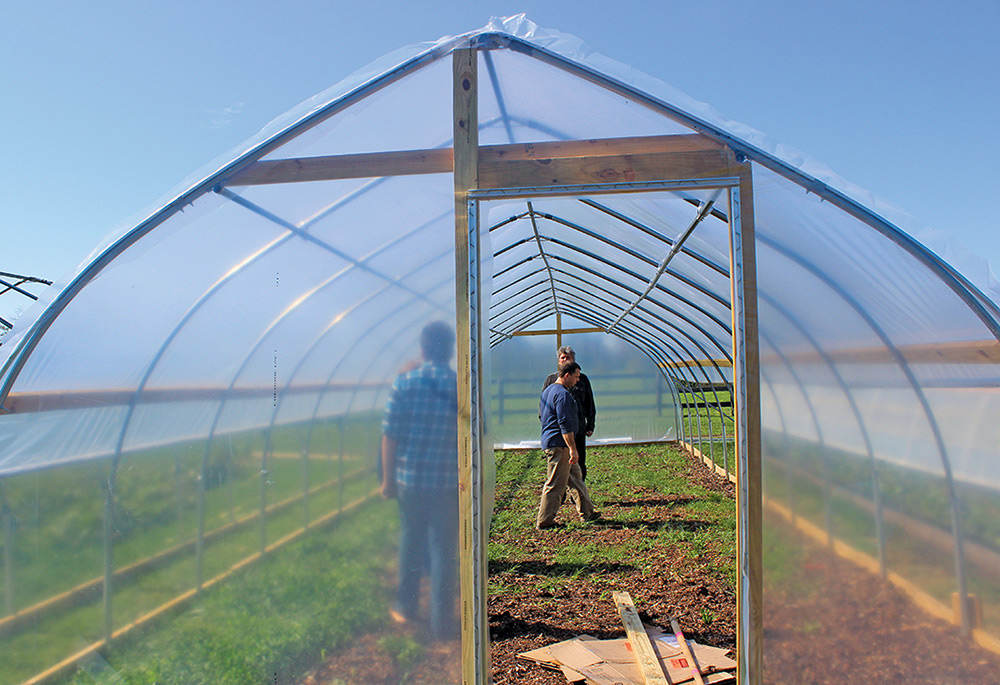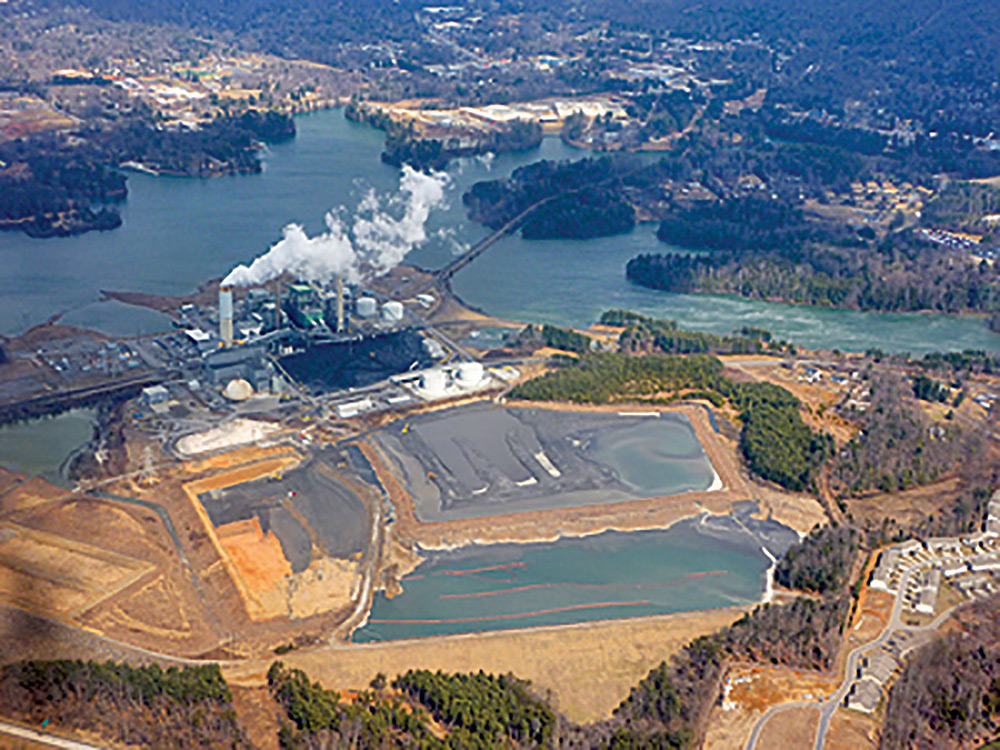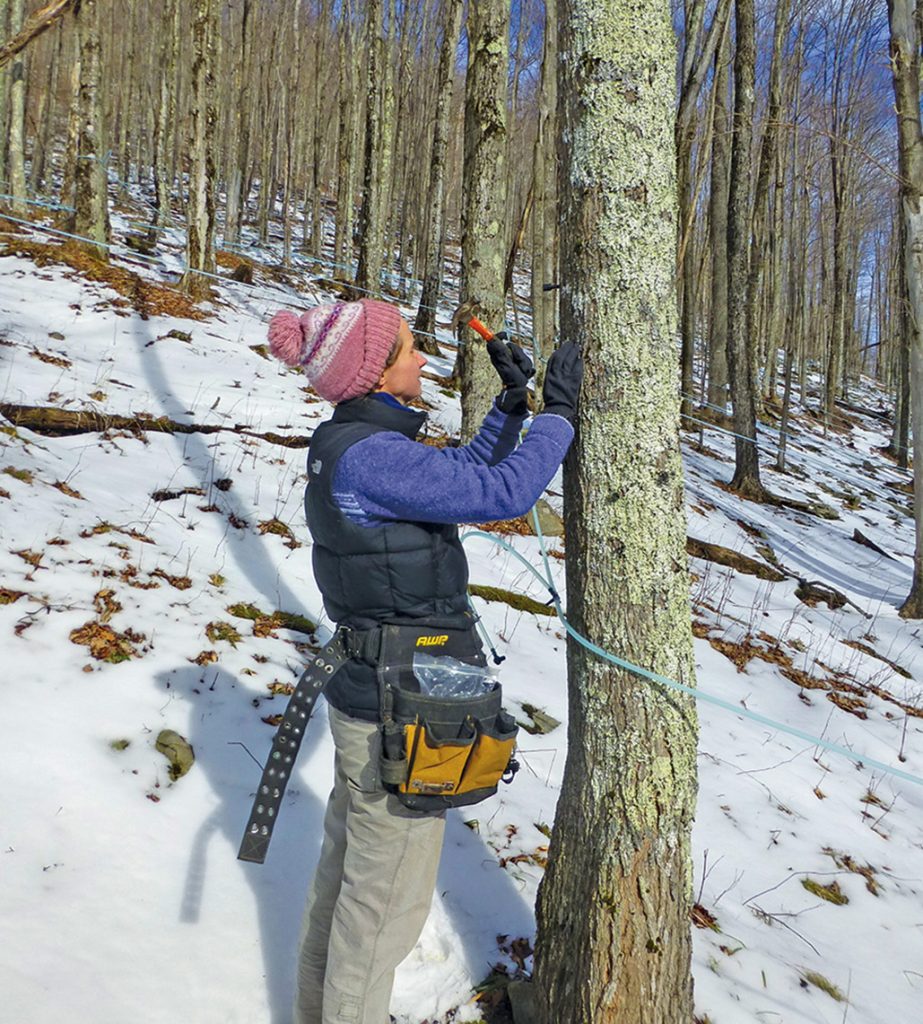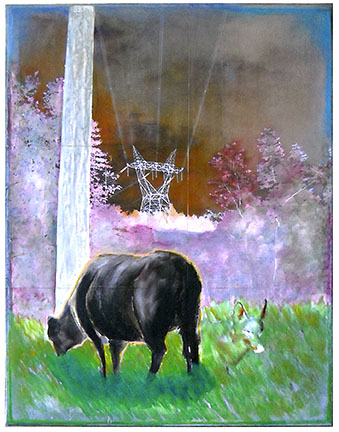2017 — (Feb/March)
Environmental Protections Targeted
The two weeks of Trump’s presidency saw executive orders and actions in Congress.
Read MoreThe Energy Burden
Tennessee residents with inefficient housing and high energy bills could benefit from programs that make home weatherization improvements more accessible.
Read MoreExtending the Growing Season
Appalachian farmers and gardeners are using season extension techniques such as high tunnels to expand growing opportunities.
Read MoreCould Concrete Help Get Coal Ash Out of Neighborhoods?
More than 150 million tons of coal ash are stored in impoundment ponds across North Carolina. Recycling the ash for use in concrete may provide a way to remove this toxic material from neighborhoods.
Read MoreState Politics Across the Region
With state legislative sessions underway across the region, here’s a preview of some of the environmental bills to look out for.
Read MoreA Sweet Maple Harvest
A resurgence in mapling has opened a booming market for Appalachian syrup.
Read MoreUsing Art to Combat Environmental Destruction
An exhibit of mixed-media art by West Virginia resident Betsy Jaeger shares the drastic changes in her community due to mining and fracking operations.
Read MoreCongress Blocks Stream Protection Rule
The Congressional Review Act, a rarely invoked procedure, was used by the U.S. Congress to strike down the Stream Protection Rule.
Read MoreAtlantic Coast Pipeline Environmental Review Underway
Environmental and community groups have raised concerns about the the federal draft environmental review of the Atlantic Coast Pipeline. The public comment period is open until April 6, 2017.
Read MoreEnvironmental Votetracker — Feb/March 2017
How Appalachian House and Senate members voted regarding whether to nullify the Stream Protection Rule.
Read More
